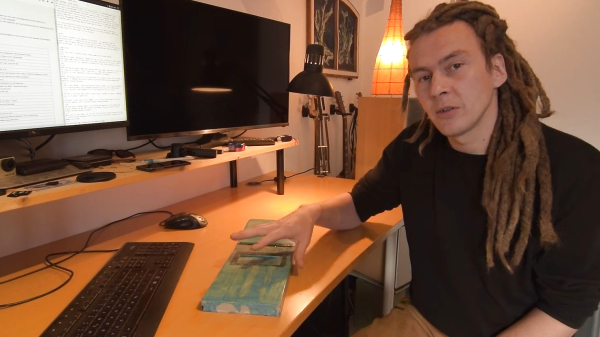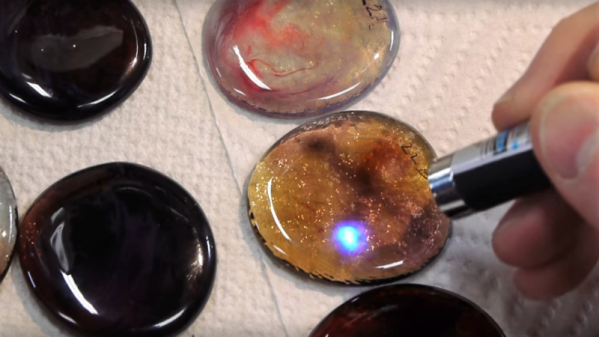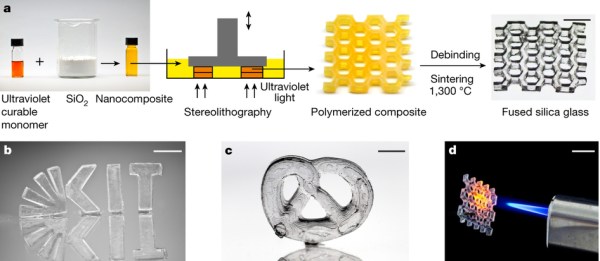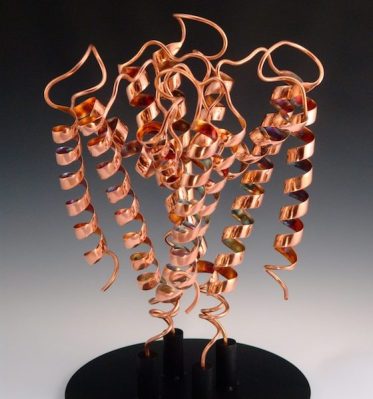Vacuum pumps are powerful tools because the atmospheric pressure on our planet’s surface is strong. That pressure is enough to crush evacuated vessels with impressive implosive force. At less extreme pressure differences, [hopsenrobsen] shows us how to cleverly use kitchen materials for vacuum molding fiberglass parts in a video can be seen after the break. The same technique will also work for carbon fiber molding.
We’ve seen these techniques used with commercially available vacuum bags and a wet/dry vac but in the video, we see how to make an ordinary trash bag into a container capable of forming a professional looking longboard battery cover. If the garbage bag isn’t enough of a hack, a ball of steel wool is used to keep the bag from interfering with the air hose. Some of us keep these common kitchen materials in the same cabinet so gathering them should ’t be a problem.
Epoxy should be mixed according to the directions and even though it wasn’t shown in the video, some epoxies necessitate a respirator. If you’re not sure, wear one. Lungs are important.
Fiberglass parts are not just functional, they can be beautiful. If plastic is your jam, vacuums form those parts as well. If you came simply for vacuums, how about MATLAB on a Roomba?
Thank you [Jim] who gave us this tip in the comments section about an electric longboard.







 For “Tears”, his sculpture of the enzyme lysozyme shown in the banner image, [Mike] started with crystallographic data that pinpoints every peptide residue in the protein. A model is created for the 3D printer, with careful attention paid to how the finished print can be split apart to allow casting. Clear PLA filament is used for the positive because it burns out of the mold better than colored plastic. The prints are solvent smoothed, sprues and air vents added, and the positive is coated with a plaster mix appropriate for the sculpture medium before the plastic is melted out and the mold is ready for casting.
For “Tears”, his sculpture of the enzyme lysozyme shown in the banner image, [Mike] started with crystallographic data that pinpoints every peptide residue in the protein. A model is created for the 3D printer, with careful attention paid to how the finished print can be split apart to allow casting. Clear PLA filament is used for the positive because it burns out of the mold better than colored plastic. The prints are solvent smoothed, sprues and air vents added, and the positive is coated with a plaster mix appropriate for the sculpture medium before the plastic is melted out and the mold is ready for casting.










